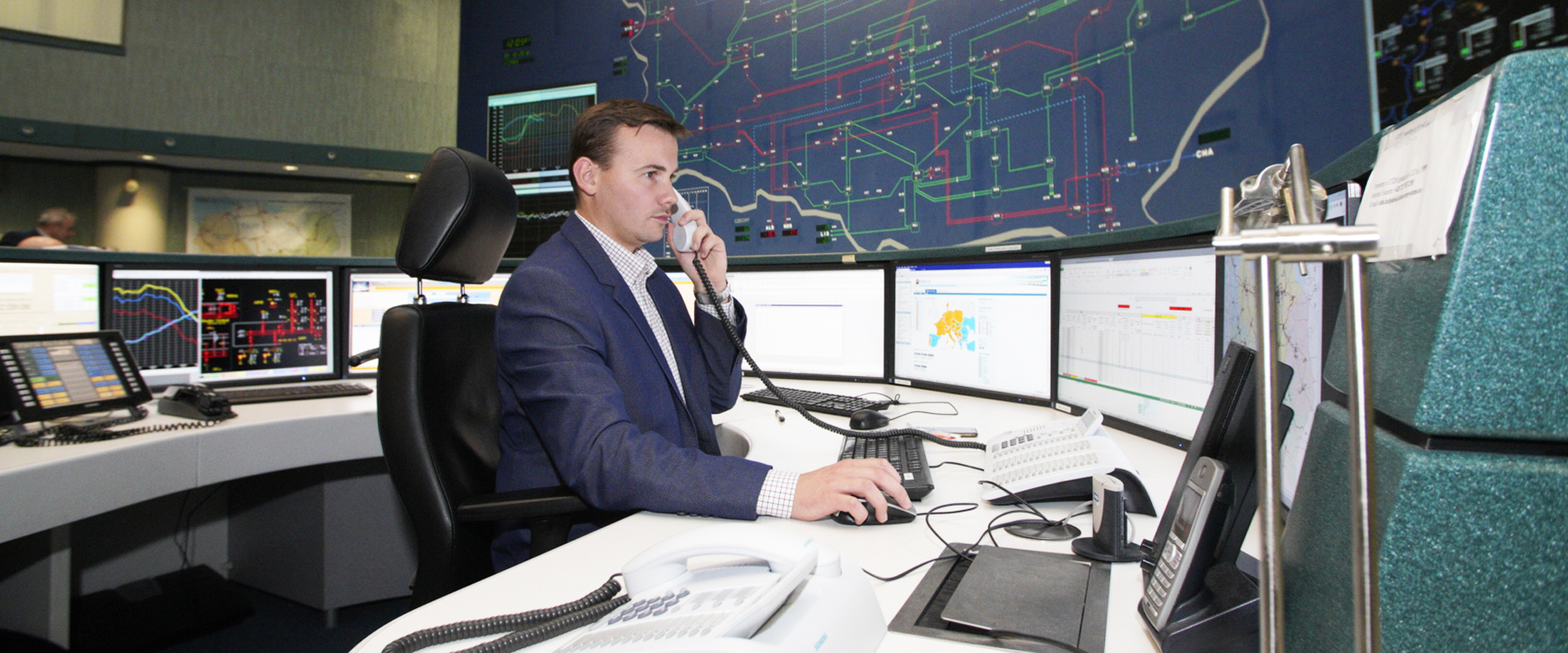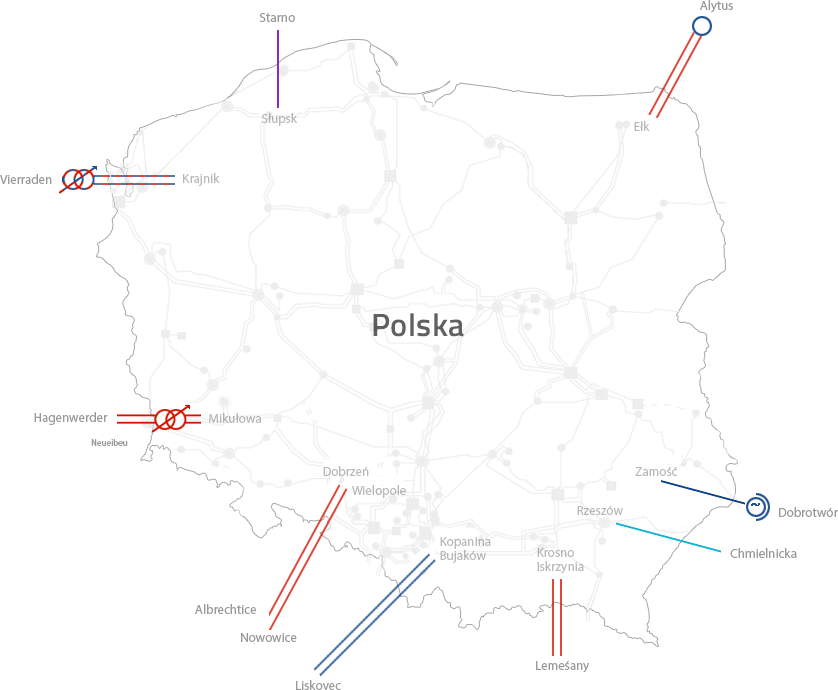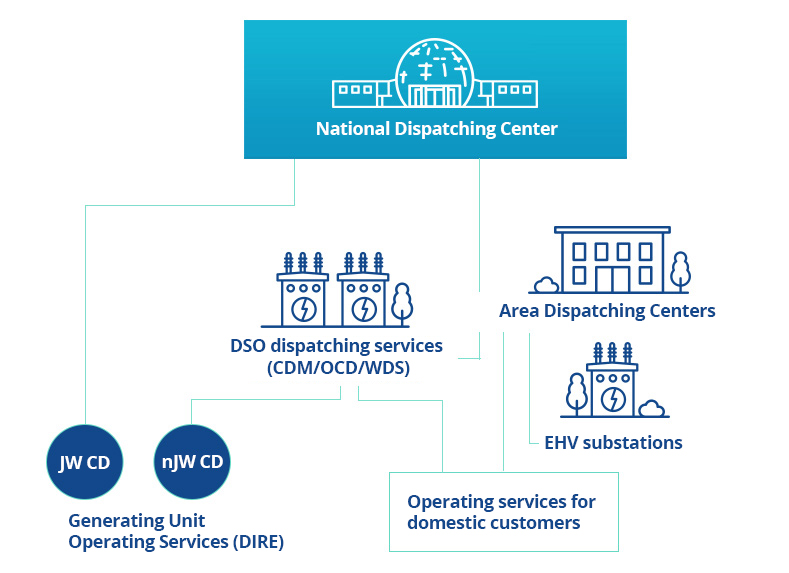Strategic programs
Portfel inwestycji sieciowych obejmuje sześć programów strategicznych oraz cztery obszarowe.
Program 1.
The strategic program "Power output system from the Kozienice Power Plant and improvement of power supply conditions in north-eastern Poland": 13 investment projects, PLN 1,053,760 thousand in total contracted budget.
Program 2.
The strategic program "Power output system from the Turów Power Plant and improvement of power supply conditions in south-western Poland": 16 investment projects, PLN 541,396 thousand in total contracted budget.
Program 3.
The strategic program "Power output system from the Dolna Odra Power Plant and
RES
, including improvement of power supply conditions in north-eastern Poland": 13 investment projects, PLN 650,403 thousand in total contracted budget.
Program 4.
The strategic program "Power output system from RES and improvement of power supply conditions in the northern Poland - eastern part": 24 investment projects, PLN 1,630,026 thousand in total contracted budget.
Program 5.
The strategic program "Power output system from the Bełchatów Power Plant and improvement of power supply conditions in central, eastern and north-western Poland": 30 investment projects, PLN 968,201 thousand in total contracted budget.
Program 9.
Strategic Program "Building submarine connections and energy storage facilities." 2 investment projects, no contracted investments.
Area programs
Program 6.
“North” Area Program: no investment projects are currently assigned under the program.
Program 7.
“South” Area Program: 22 investment projects, PLN 447,567 thousand in total contracted budget.
Program 8.
Area Program "Formal Completion of Investments." 14 investment projects, projects after the 6th decision gate.
Program 10.
“Investor's Deliveries” Area Program: 17 investment projects, PLN 463,195 thousand in total contracted budget.
Program 11.
The strategic program "Power output system from RES and improvement of power supply conditions in the northern Poland - western part": 9 investment projects, PLN 375,592 thousand in total contracted budget.









 ENS and AIT indices for emergency outages*
ENS and AIT indices for emergency outages* 2020
2020 Electricity supply continuity index*
Electricity supply continuity index* Electricity losses in the transmission process, specifying causes of losses
Electricity losses in the transmission process, specifying causes of losses

